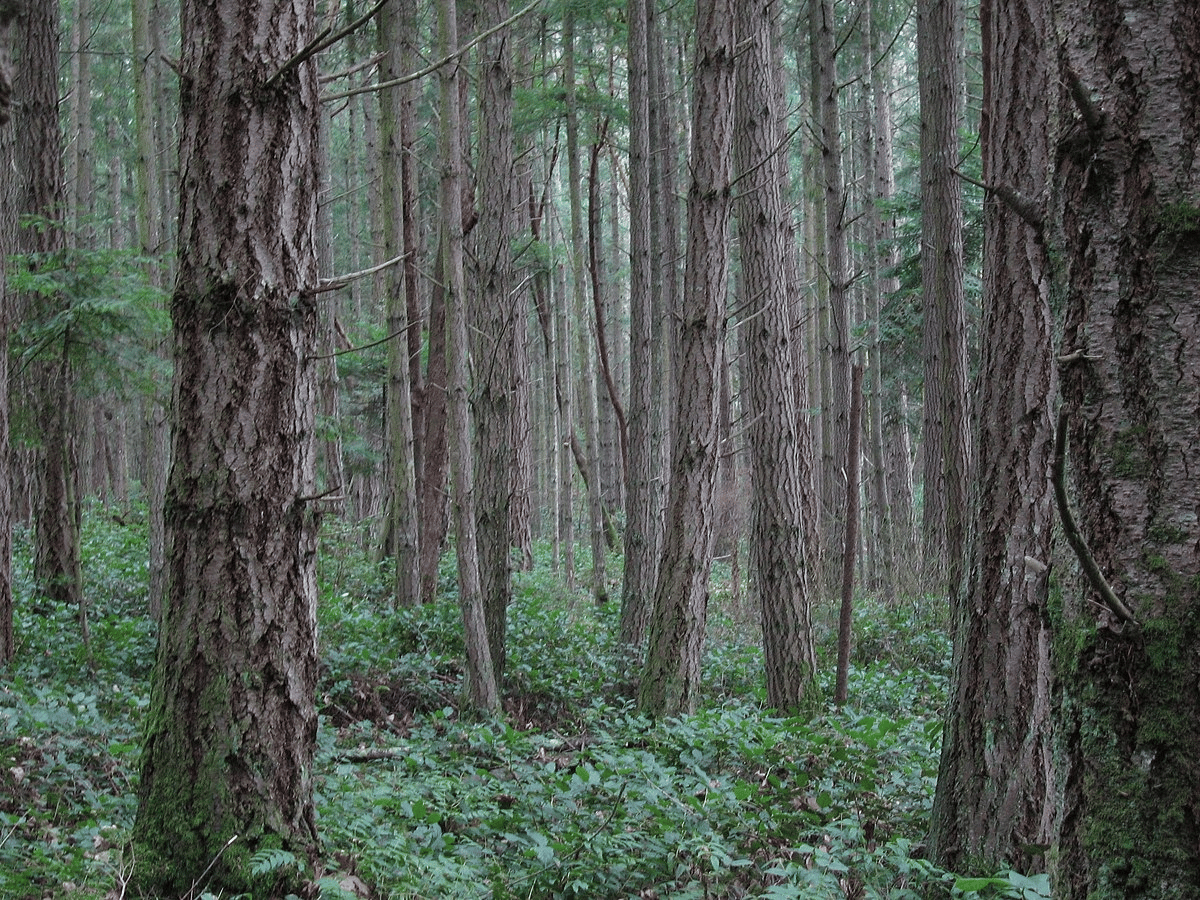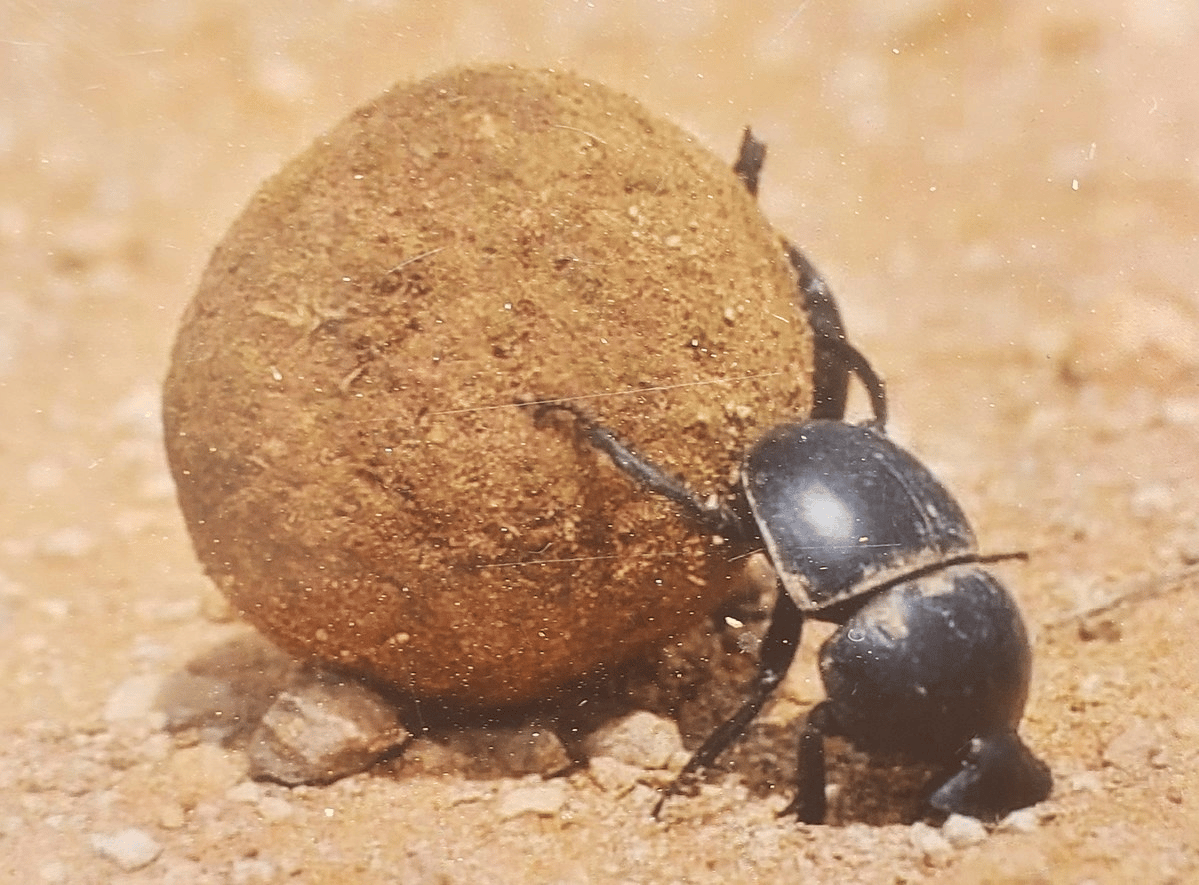Ecosystems & Niches (Cambridge (CIE) A Level Biology): Revision Note
Exam code: 9700
Ecosystem & niches
Ecosystems
Species do not exist by themselves in their own isolated environment, they interact with other species forming communities
These communities interact with each other and the environment they live in, forming ecosystems
An ecosystem is a relatively self-contained community of interacting organisms and the environment they live in, and interact with
There is a flow of energy within an ecosystem and nutrients within it are recycled
There are both living (biotic) components and non-living (abiotic)components within an ecosystem
Ecosystems vary greatly in size and scale
Both a small pond in a back garden and the open ocean could be described as ecosystems
A human being could also be described as an ecosystem; there are thousands of species of bacteria living on and in every person
Ecosystems vary in complexity:
A desert is a relatively simple ecosystem
A tropical rainforest is a very complex ecosystem
No ecosystem is completely self-contained as organisms from one ecosystem are often linked to organisms from another
For example, birds are able to fly long distances to feed from multiple ecosystems
Example of an ecosystem
A forest is a perfect example of a complex ecosystem
There is a large community of organisms including trees, birds, small and large mammals, insects and fungi
The non-living components of the ecosystem include: the soil, dead leaves, water from the rain and streams, the rocks and any other physical or chemical factors
The non-living components of the ecosystem influence the community of organisms

Niche
The place where a species lives within an ecosystem is its habitat
The role that species plays within an ecosystem is its niche
It encompasses where in the environment the organism is, how it gets its energy and how it interacts with other species and its physical environment
This is how an organism fits into the ecosystem
Example of a niche
A dung beetle (example species Scarabaeus satyrus) occupies a very specific niche within its ecosystem
Dung beetles have learned to exploit the dung (faeces) of animals as a food source and they have a characteristic behaviour of rolling the dung into balls before transporting it to their underground burrow for storage as food
Their behaviour within their ecosystem has many knock-on effects on the environment and other organisms living in it
The burrows and tunnels that they create turns over and aerates the soil
The buried dung releases nutrients into the soil both of which can benefit other organisms like plants
The transportation of the dung underground by the beetles also helps to keep fly populations under control


Unlock more, it's free!
Did this page help you?